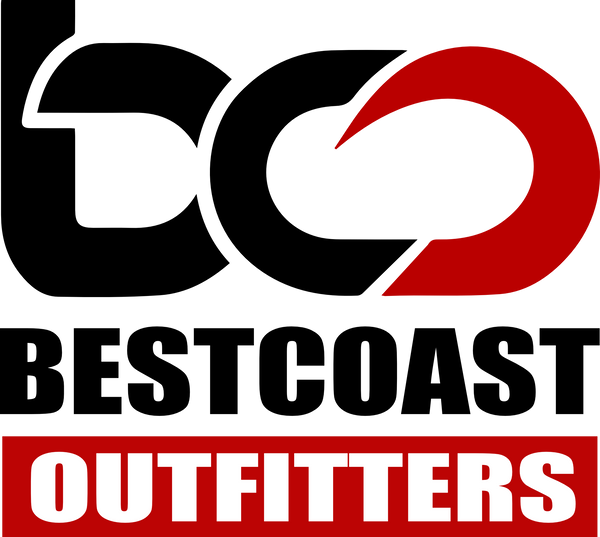Are You Ready to Try Kayak Surfing?
Share
Get Yourself Ready To Surf Beach Break
By Lee Richardson
Surfing in your kayak can seem like a distant and sometimes unattainable goal. How do you know when you are ready to take that first trip?
Before you go out, you will need to refine some surf strokes and your roll. You should have experience with launching and landing in the surf zone, a little self education on the surf zone environment, as well as a little info on surf etiquette and all your gear. Don’t get overwhelmed by all this; it’s worth it, trust me. Once you get this small checklist down, you will have a new addiction. Thinking of my first time kayak surfing reminds me that I haven’t stopped thinking about my next time since - and there have been a ton of next times.
You will need some practice of basic strokes before you head into the surf. Using a stern rudder and low brace will be the most crucial strokes to refine a bit before hitting the surf. As you improve, you will learn there is much more to it than that but those two strokes will get you started.

The Stern Rudder
The stern rudder is one of the foundational steering strokes used in kayak surfing. Check out this video if you want to learn more about the two forms of the stern rudder; the pry and draw.
The Brace
To stay upright, you will need to learn to sideslip, or side surf the wave. It is important to learn how to brace into the wave. You do it using a low brace, and in the words of Kate Hives, “hug the wave,” meaning, fully commit and lean into the breaking wave. This video by the Kayak Hipster does a good job of describing it at the end.

The Roll
While it is not essential to be able to roll, rolling is a very helpful skill to have, and it will be necessary for tackling bigger surf. It is no fun to be swimming in the impact zone, and it often requires a rescue that puts the rescuers at risk. Being able to recover from being flipped over is tremendously helpful (the impact zone is where the surf is breaking). Here are a couple of videos that give you some pointers on rolling.
How does it all work?
In order to be safe, you have to educate yourself about the playground you are playing in and there is no substitute for local knowledge. Surf zones often change, and experience in that area is priceless in understanding the safe zones and the area that it is safe to paddle out. You may be able to find some information about the area online, but talking with the people that surf there regularly is important. The graphic below, from Rapid Media, shows some features you will find in most surf zones.

Launching and Landing
Surf launches and landings will be important to learn before heading out for a surf session. This is where taking a Paddle Canada Course will come in very handy. It takes a bit of skill and some ability to read the waves. The learning curve is quite steep, but can be softened by having a good teacher.
Proper Etiquette
Finally, before you launch, you need to make sure you understand the etiquette of the surf zone. There is some culture and rules that paddlers need to learn before heading into the surf. So many paddlers just go out and “snake waves” and “paddle up the line.” These two things, along with a few others, you need to understand. To educate yourself on this, I suggest doing a quick read of these two websites: Surfing Etiquette and Surf Kayaking Etiquette.

The Right Gear
You will want to be in submersion gear and have all the transport canada required equipment. You will also want to have a strong spray skirt, as the wave crashing on the spray skirt would cause most lightweight spray skirts to open up and allow water into the cockpit.
You will need a helmet, as waves can be unpredictable at times and can cause you to hit the bottom. You could even hit your head on your paddle or boat. It is important to be safe, so you can continue to surf into the future.
Once you have the inclination to start taking on some surf, you will want to learn a bit about tidal races and surfing standing waves. I am going to save that for another blog article, but here is a link to a video of one our favorite spots to surf a tidal rapid.
I hope to see you out there!
If all of this sounds overwhelming to you and you are brand new to kayaking, check out my PDF on simple tips to get you started.
